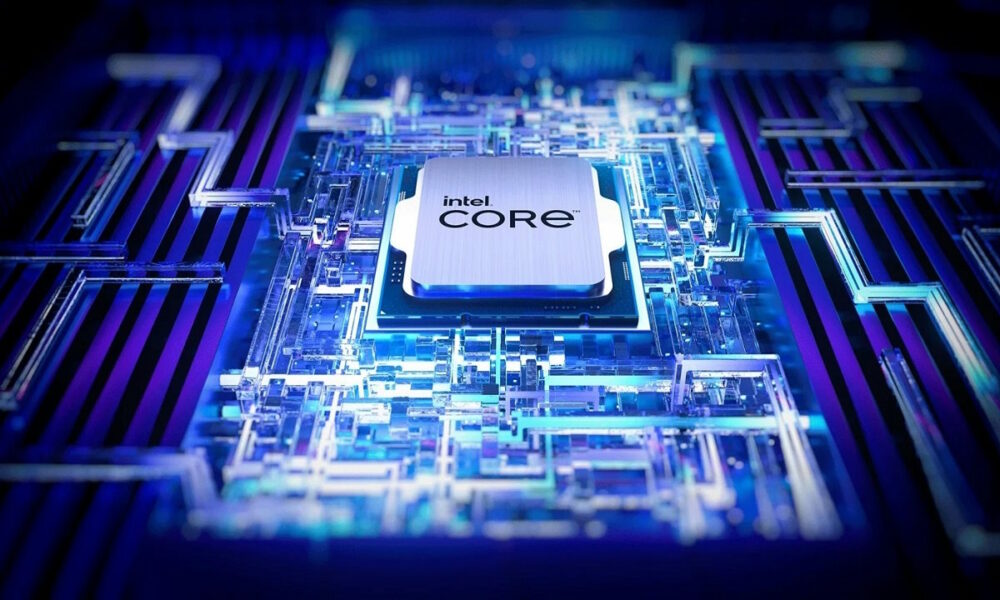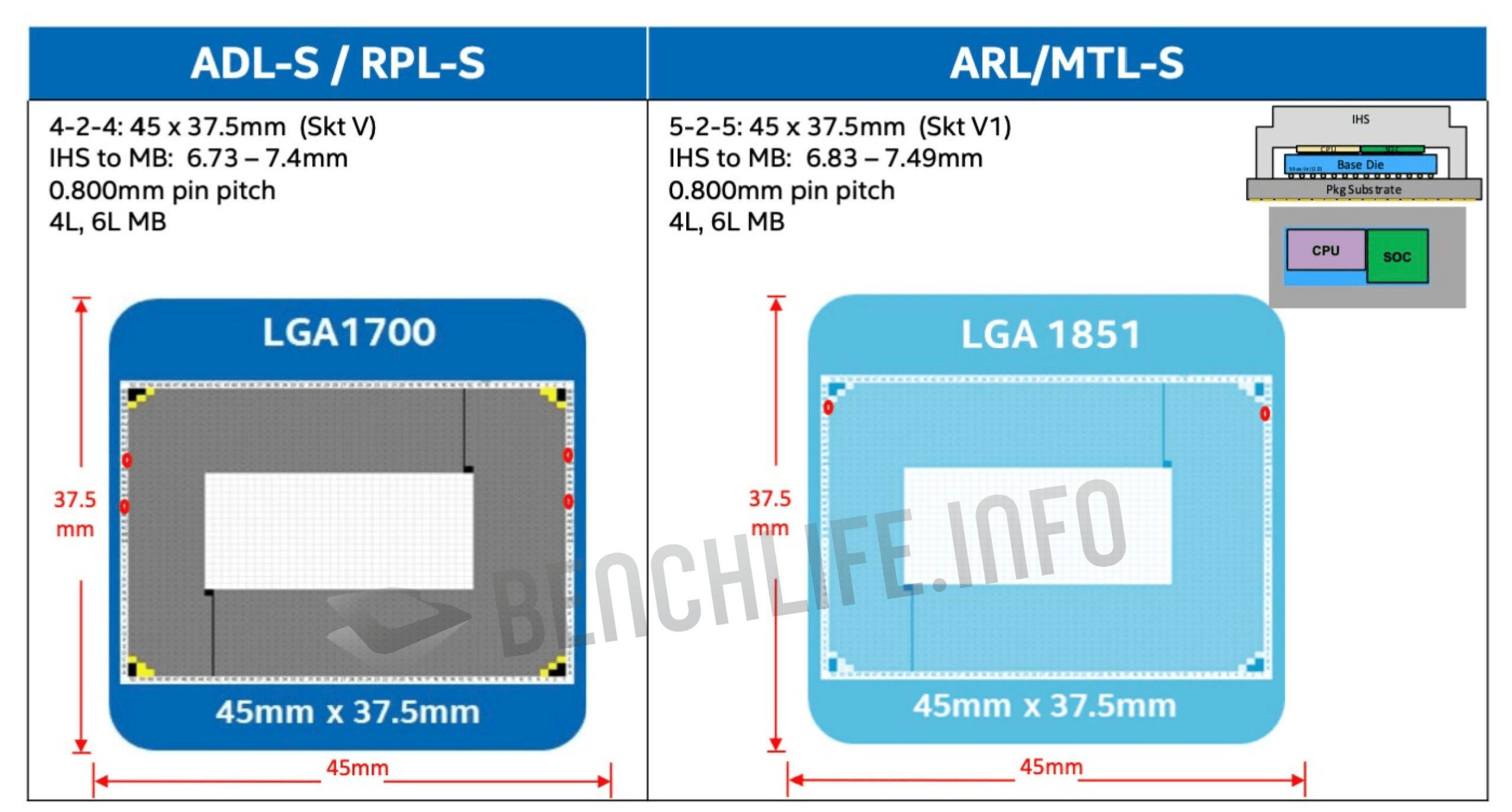
A new and interesting rumor ensures that the Intel Arrow Lake-S will arrive earlier than expected, and that this generation of processors will replace the Intel Meteor Lake-S, which was scheduled to launch between the end of 2023 and the beginning of 2024. Both generations will use the LGA1851 socket, this has not changed, but the important thing about this information is that in theory Meteor Lake-S would have been cancelled.
It is important that you keep in mind that, for the moment, all this is nothing more than a rumor, and that therefore it does not have to come true, so We will take all this information with a grain of salt.especially after seeing the many contradictions that have emerged in recent days, and that have “confirmed and ruled out” the existence of Meteor Lake-S.
Returning to the Intel Arrow Lake-S, this new generation of processors will use a configuration of 8 high-performance cores and 16 high-efficiency cores. High performance cores will use the lion cove architecturewhich represents a tock on Redwood Cove, and the latter is another tock on Raptor Cove, while the high-efficiency cores will use the Lion Cove architecture, which is a tock on the Crestmont architecture, which in turn represents a tock on Gracemont .
In case someone has been lost, I remind you that a touch is equivalent to changes at the microarchitecture level to improve the IPC, and that with Intel Arrow Lake-S we would have two generational leaps compared to Raptor Lake-S, which means that the CPI difference between the two could be very large. It must also be remembered that this new generation of processors will make the leap to the Intel 20A node, and that this will mean a very big advance compared to current generations, since it is equivalent to the 2nm.
In all, Intel will launch three new chipsets to accompany the LGA1851 socket, the H810, which will be the cheapest of the three and will be integrated into low-end motherboards; the B860 chipset, which will be a more complete and balanced solution and power mid-range and premium mid-range motherboards; and finally the Z890 chipset, which will be the top of the range and will be used to give life to the top-of-the-range boards of that generation, and will be the only one that will allow overclocking at the CPU level.
For the rest we can hope that this new generation be limited to DDR5 memory, and that natively supports higher speeds. It will also support the PCIe Gen5 standard, and we might see changes to the total PCIe lane count, but this is still up in the air so we can only wait.
The entry Intel Arrow Lake-S: first details and possible specifications was first published on MuyComputer.




